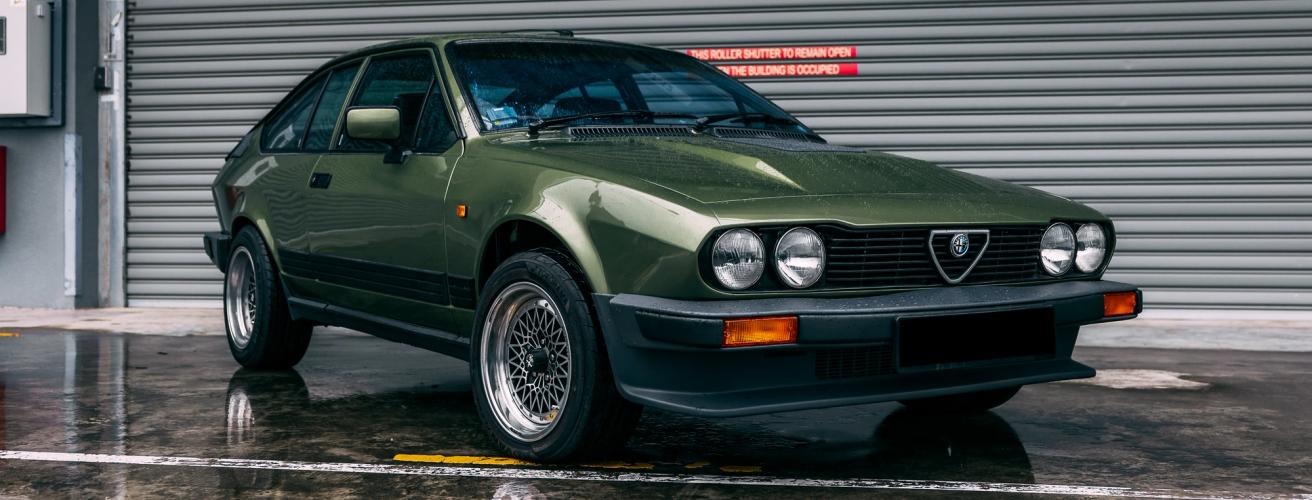When Japan’s Performance Icons Took on Europe - and Won
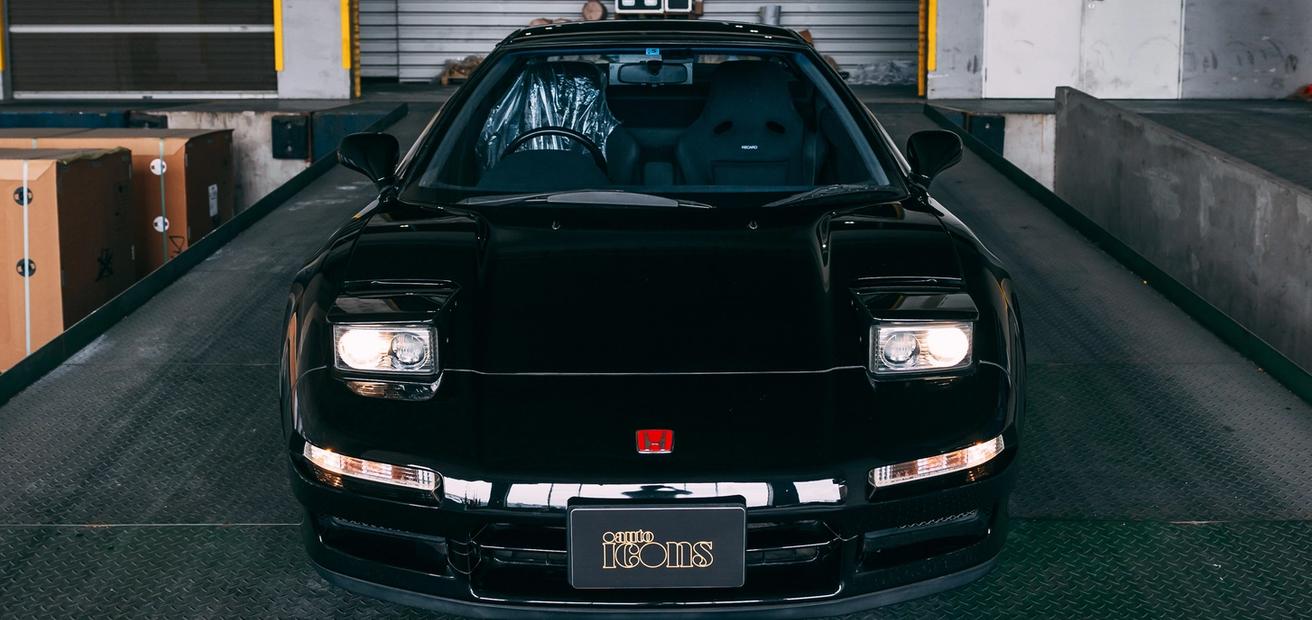
Jamie Ong
For decades, Europe owned the supercar script. Ferrari, Porsche, Lamborghini - names that carried weight, cachet, and a whiff of untouchable legacy. Japan? They were expected to build economy cars, not rival Europe’s elite.
But then came the quiet revolution. Toyota, Nissan, and Honda crafted machines that didn’t just chase Europe - they challenged them at their own game. Cars with precision engineering, cultural defiance, and a performance ethos that collectors today rank shoulder-to-shoulder with Maranello’s finest.
Japan rewrote the rules, and in the process, created icons that collectors now revere. Let’s look at four legendary Japanese performance cars that carved out their own chapters in supercar history.
Toyota 2000GT – The Ferrari Japan Almost Built
In 1967, Europe had the supercar throne: Ferrari, Jaguar, Maserati. Japan? Quietly working on something that would make them look twice. The Toyota 2000GT wasn’t just a sports car - it was Japan’s declaration: we can compete. Sleek, lightweight, engineered with Yamaha’s help, it had the poise of an E-Type and the presence of a 250 GT.
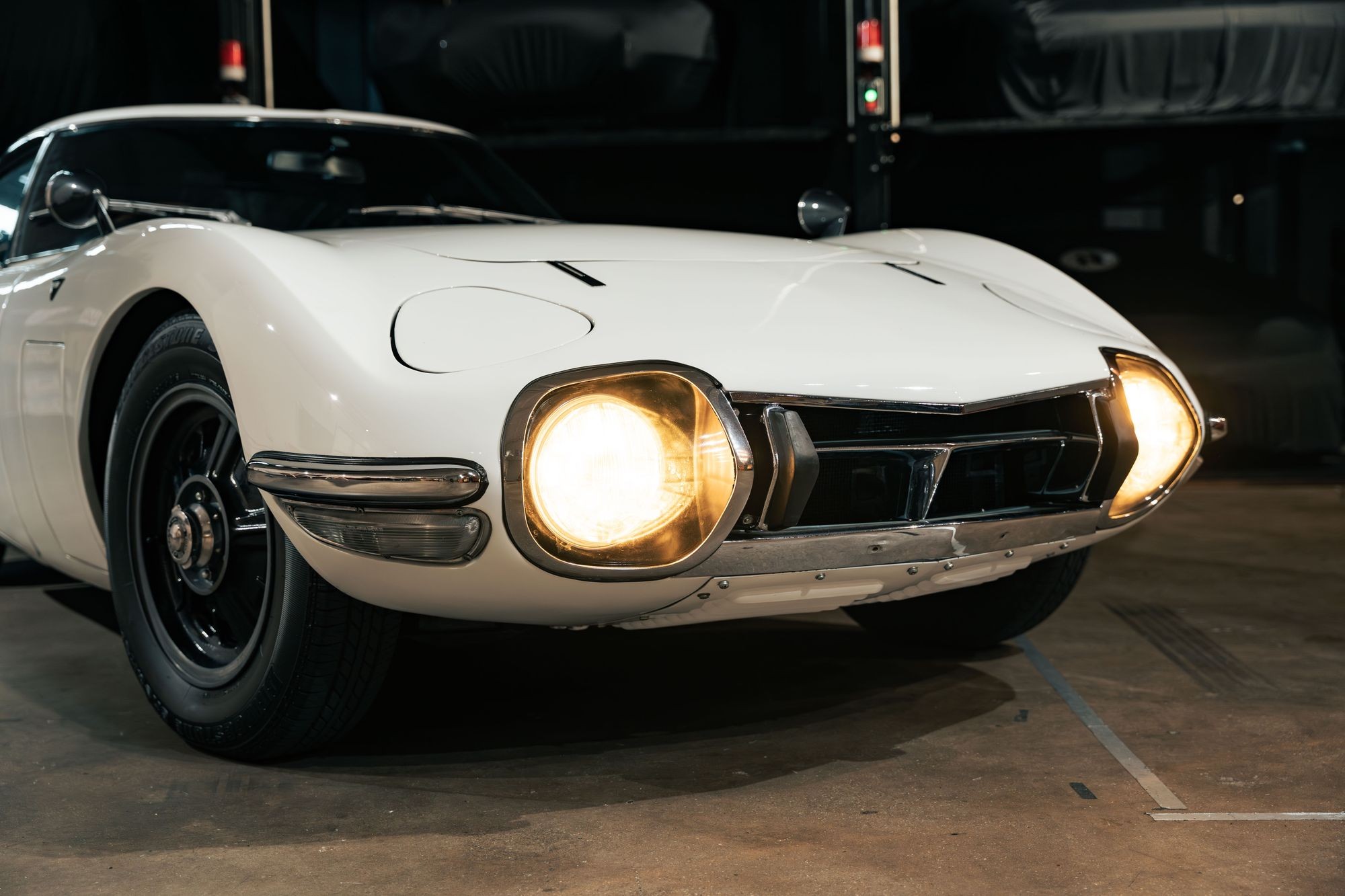
Tokyo-Born, Collector-Curated
This particular 2000GT began its life in Tokyo, delivered to an enthusiast who didn’t just drive it - they revered it. Meticulous service records, unaltered paint, and a life mostly on scenic roads kept it safe from urban chaos. Over the decades, it survived auctions, occasional European road trips, and climate quirks to remain utterly original.
Drive and Soul
Slide into the cockpit and you feel it. Balance, poise, steering that talks in sentences. The inline-six sings at high revs with confidence that once made Ferrari engineers raise eyebrows.
Nissan Fairlady Z432 – The Homologation Shadow
Europe had its TZs, its early 911s. Nissan had the Z432, a lightweight, triple-carb masterpiece, homologated for racing but road legal. And while Europe was focused on pedigree, the Z432 was quietly winning hearts in backstreets and track corners.
Racing Roots, Collector Reverence
This survivor cut its teeth on Japanese circuits before being preserved in Hong Kong. Original carbs, matching engine numbers, full documentation. It’s a time capsule with history intact and modest mileage - and that’s everything to serious collectors.
Taking on the Old Guard
The Z432 spoke through its engineering. A cornered turn, a gearshift perfectly timed, and suddenly, against an Alfa TZ or early 911, it never blinked. Europe had pedigree; the Z432 had proof.
Masterclass on Wheels
Precise, raw, and surgical. Drive the Z432 and the thrill is immediate, taking corners with authority pulling you into its rhythm. Every rev, every vibration, every shift feels like a masterclass in Japanese engineering over Europe’s top brass.
Honda NSX-R – Ferrari’s Unlikely Teacher
While Europe unleashed its supercars elite, 360 Challenge Stradale, 911 RS, Diablo. Honda’s NSX-R offered a different kind of lesson. Lightweight, razor-sharp, F1-inspired precision, yet with trademark reliability. The NSX-R taught Europe that driving skill could beat flash and be devastatingly effective.
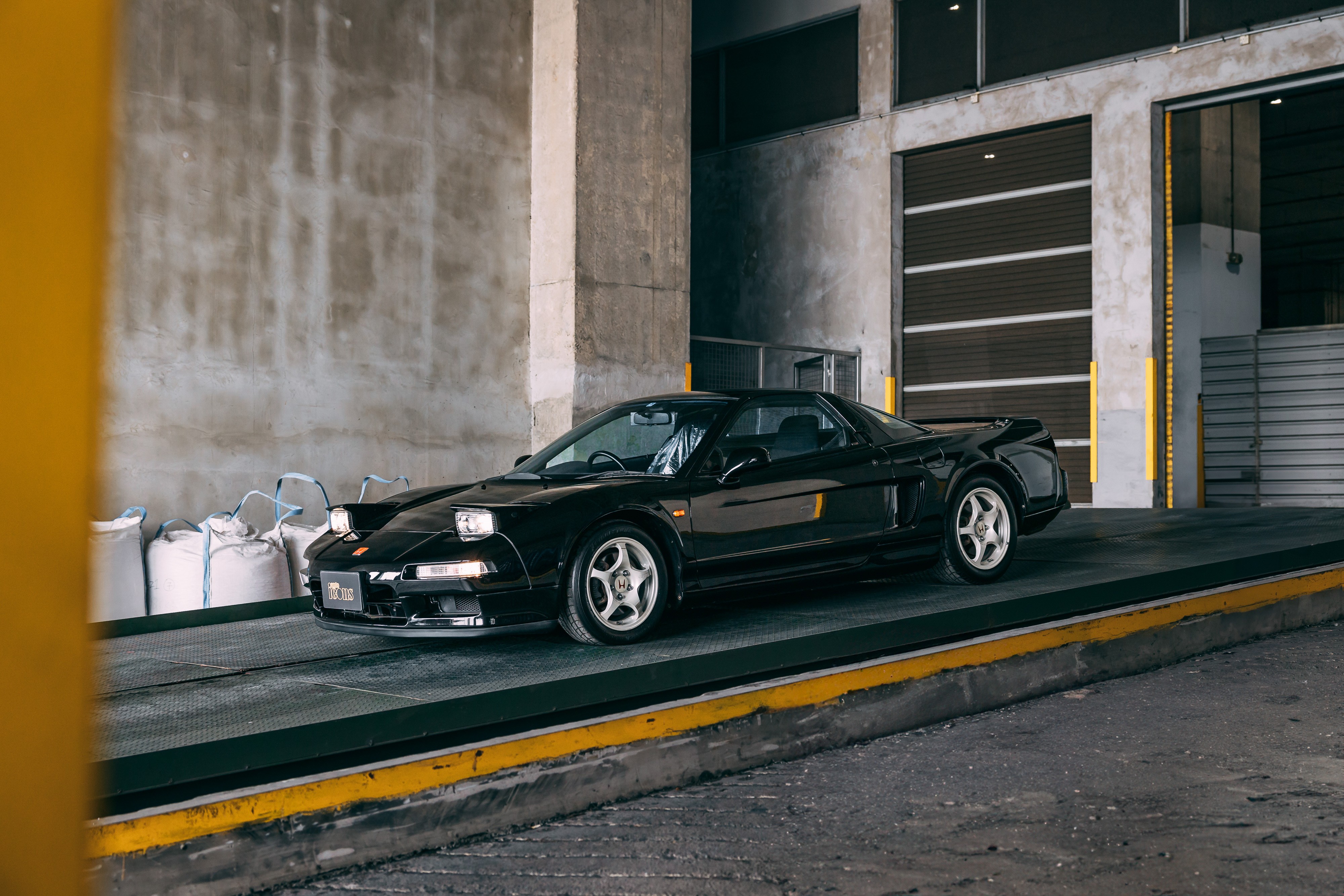
From Tochigi Tokyo to Singapore
This particular NSX-R was delivered to a devoted Japanese collector, never modified, with full service history. Low mileage, climate-controlled storage - every detail preserved. A samurai blade, still in its scabbard.
The Quite Prodigy
Flashy Ferraris and temperamental Porsches were the headline acts. The NSX-R was the quiet prodigy. Every apex taken, every gear shifted, proved Honda could craft a supercar that rivaled - and sometimes outclassed - the best Europe had to offer.
Throttle, Apex, Adrenaline
Step inside, key in, engines fire and suddenly the VR 6 is alive. It sings, the chassis responds, the steering sharpens like a sharp katana. You converse with it when driven. And in that dialogue, Europe’s finest listen closely.
Nissan Nismo 400R – Skyline’s European Challenge
Only 44 exist. Born from the R33 GT-R, the 400R was Japan’s sledgehammer to Europe’s F40s and Turbo S.They built the Nissan Nismo 400R to meet them head-on. Hand-built by Nismo, engineered for track and road, it had the power, precision, and rarity to face Europe’s heavyweights.
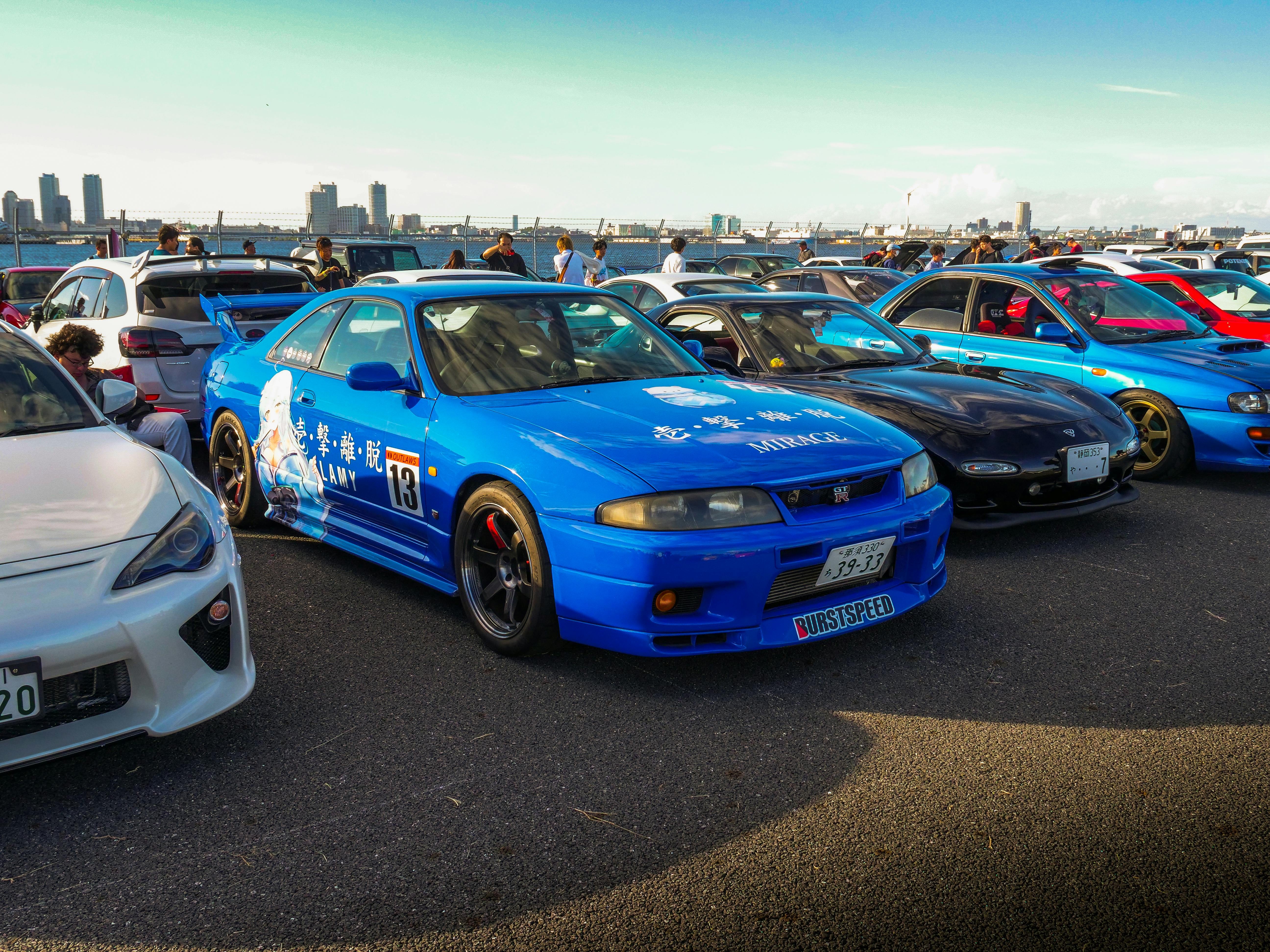
From Garage to Glory
This 400R started life in Japan maintained by Nismo engineers, untouched interior, unmodified drivetrain. It traveled across Asia, passing through the hands of collectors who understood what they held: a homologation-level car that could play in Europe’s sandbox and win. Rarity amplified by preservation - the holy grail combination.
Challenging the Champions
The 400R didn’t have the flash, but it had the numbers, the engineering, and the rarity to challenge Europe’s elite. Every gear, every rev, every corner shows a Japanese supercar crafted not just to compete - but to prove a point.
The Skyline’s Secret Power
Step in, rev it, and the homologation special RBXGT2 engine sings like a mechanical orchestra. Europe’s best looked across the track - and for once, it wasn’t just Maranello or Stuttgart dictating the pace.
The Collector Grails: Provenance, Rarity, and the Collector’s Edge
These weren’t just fast cars – they were statements. And today, they’ve become some of the most coveted vehicles on the collector market. But what makes them so desirable? It comes down to three key factors: provenance, rarity, and cultural significance.
Provenance Is King
Collectors know: provenance is king. Low-mileage, untouched Japanese exotics have become priceless. Every service stamp and original component elevates them from car to artifact.
Rarity, the Desire Driver
Rarity fuels the fire. With so few surviving examples - and even fewer unmodified - Japanese exotics have crossed into blue-chip territory. When a 2000GT or 400R comes to market, it’s no longer just a transaction. It’s a cultural event.
When Japan Took the Fight to Europe
These cars were rewriting European trends. From the lightweight precision of the Z432 to the F1-inspired engineering of the NSX-R, Japan proved it could craft supercars that stood toe-to-toe with Ferrari, Porsche, and Aston Martin. Every apex, every gearshift, every rev is a reminder that Japanese engineering could compete - and sometimes outclass - the old guard.
Own What Europe Once Overlooked with Auto Icons
At Auto Icons, we curate Japanese legends alongside global icons. Every car here is more than horsepower or lap time - it’s provenance, story, and cultural significance. If you’re ready to add one of them to your collection, connect with us on WhatsApp, email, the contact form, or step into our showroom - and see why Japan’s finest are now collector royalty.
